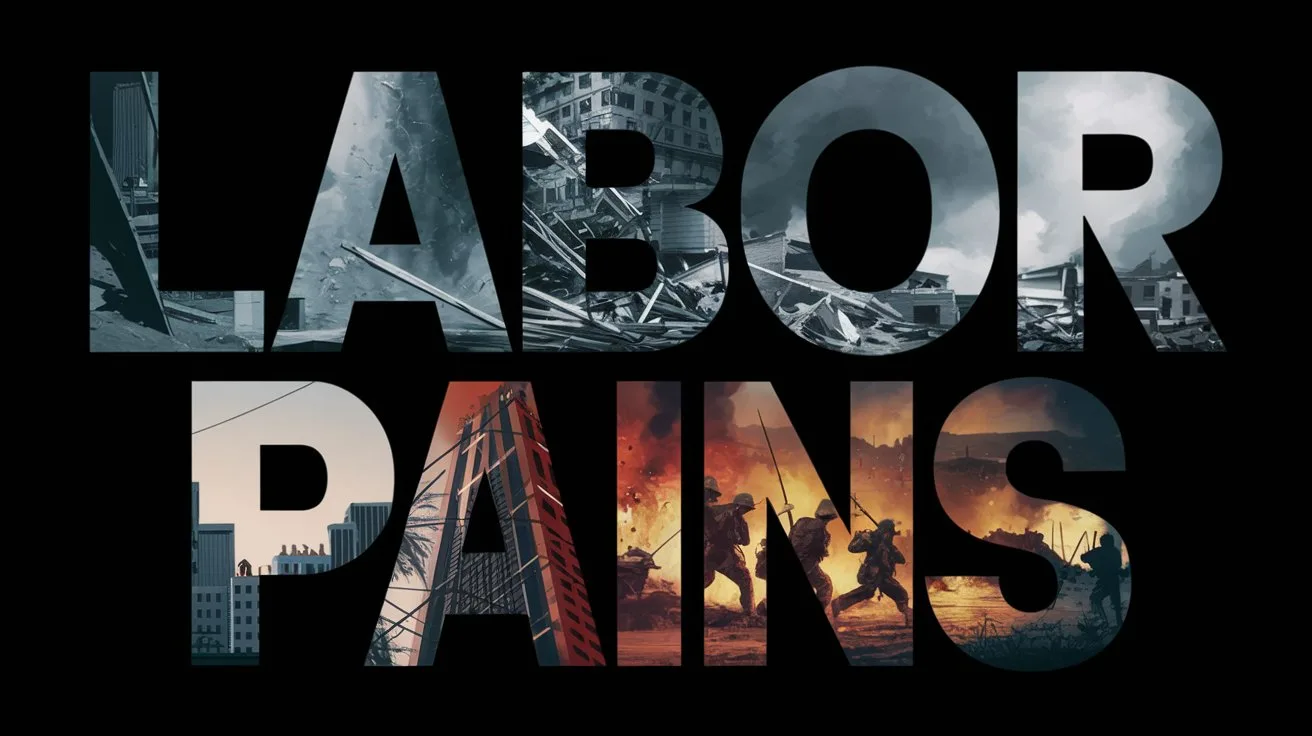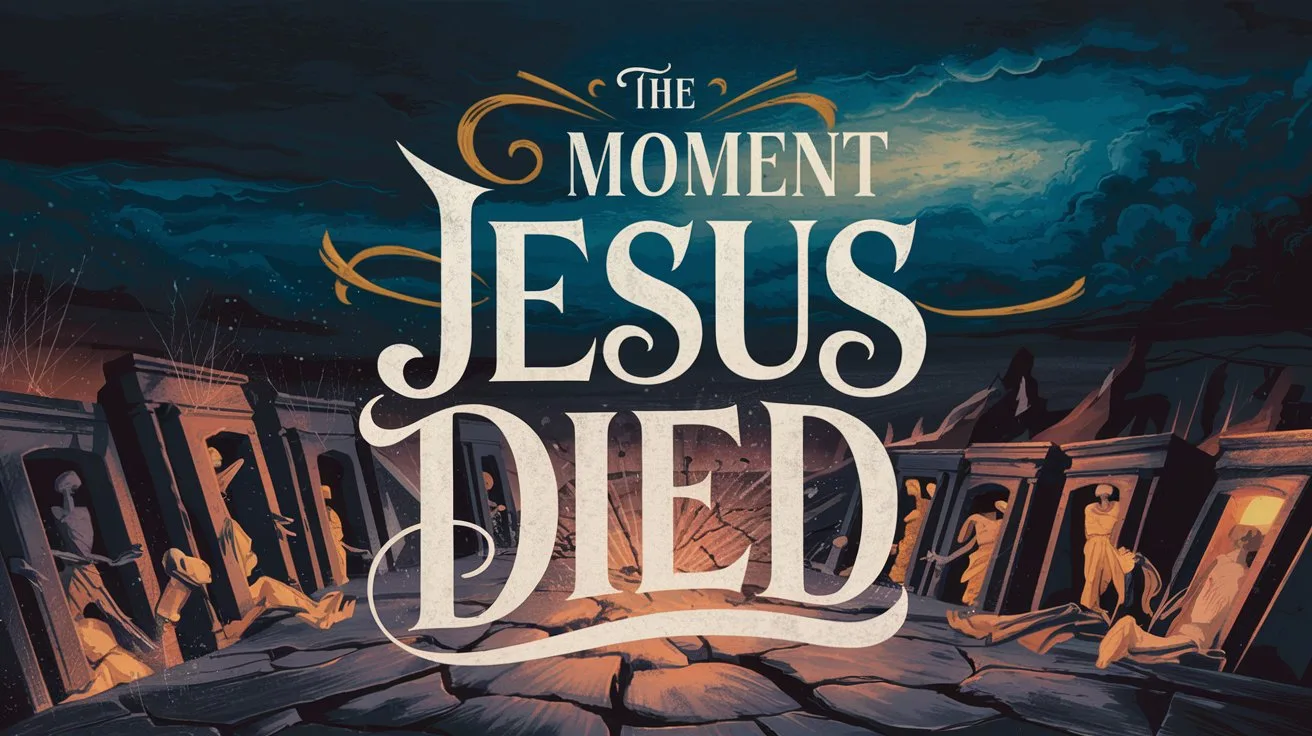The tearing of the temple veil at the moment of Jesus’ death was a powerful sign that the barrier between God and man had been removed through Christ’s sacrifice. Scripture records this event:
“And Jesus cried out again with a loud voice, and yielded up His spirit. Then, behold, the veil of the temple was torn in two from top to bottom.” (Matthew 27:50–51)
The veil separated the Holy Place from the Most Holy Place in the temple, where only the high priest could enter once a year to make atonement for the people (Hebrews 9:7). Its tearing from top to bottom indicates divine action.
This act signified that access to God was now open to all through the blood of Jesus. The Old Covenant system of sacrifices and priestly mediation was fulfilled and replaced by the New Covenant:
“Having boldness to enter the Holiest by the blood of Jesus, by a new and living way which He consecrated for us, through the veil, that is, His flesh.” (Hebrews 10:19–20)
The tearing of the veil also confirmed that Jesus’ death was not a defeat but a triumph. He accomplished the atonement and made the way for reconciliation with God.
Additionally, the temple itself was about to be rendered obsolete. The presence of God would no longer dwell in a man-made sanctuary but among His people through the Holy Spirit (1 Corinthians 3:16).
In short, the tearing of the veil demons/”>demonstrates the finished work of Christ, the end of the temple system, and the new access believers have to God. It was a dramatic, divine announcement that redemption had been accomplished.







